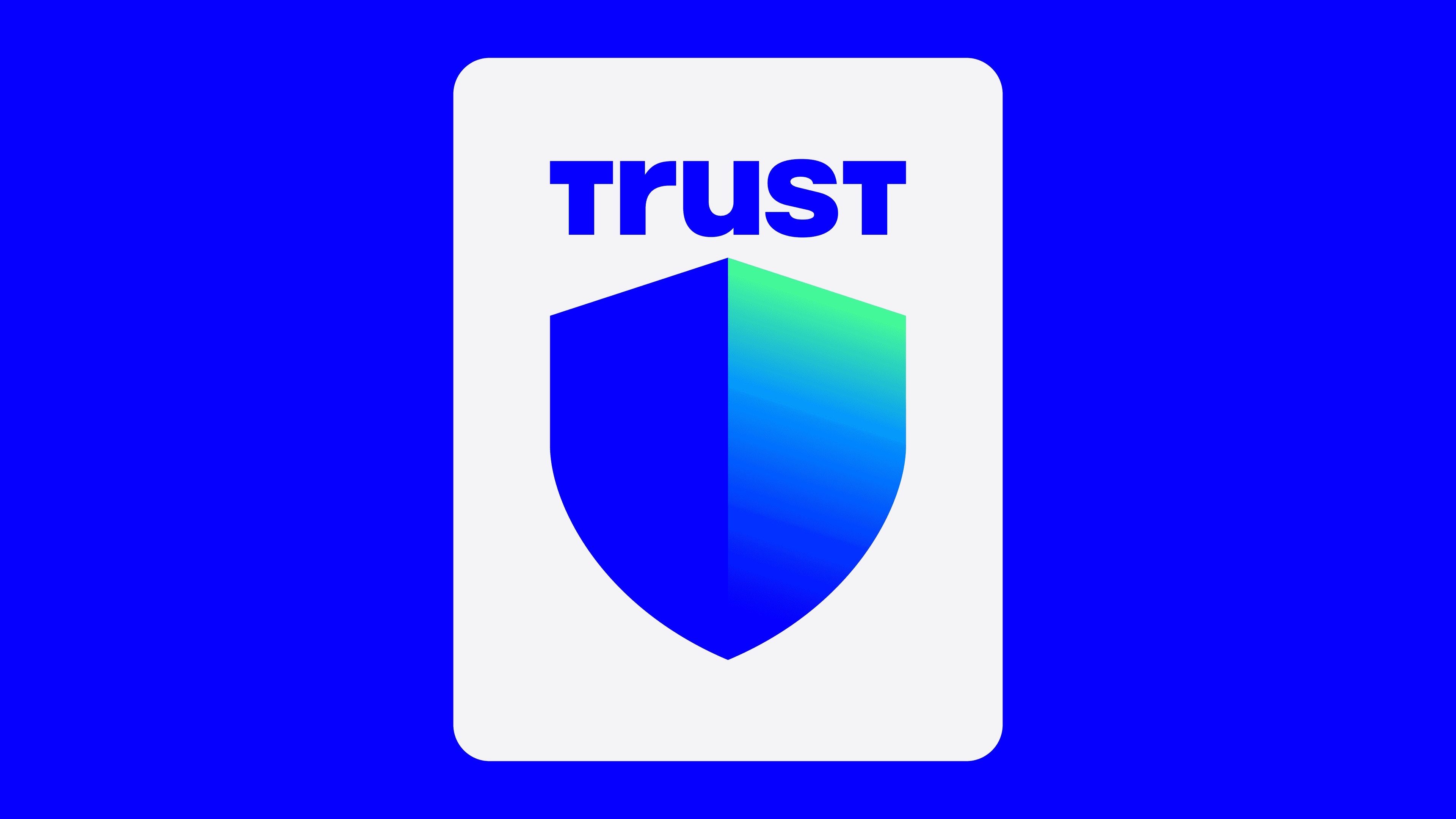Whoa! Ever tried juggling your crypto keys on a busy subway? I have, and lemme tell ya, it’s a nightmare without the right tools. Mobile crypto users, especially those deep into DeFi protocols, face this constant tension: how to balance convenience with rock-solid security. Something felt off about the usual password and seed phrase routine—too fragile, too easy to mess up when you’re on the go.
Here’s the thing. Biometrics have been creeping into crypto wallets like a stealthy game-changer. Fingerprints, face IDs—these aren’t just fancy add-ons anymore; they’re quickly becoming essential for mobile users who want quick access but can’t compromise safety. At first, I thought, “Is this just a gimmick?” but then I realized this tech actually solves a lot of headaches, especially when paired with smart backup recovery methods.
Now, DeFi protocols are a whole different beast. They demand constant interaction—swapping tokens, staking, yield farming—all while keeping your assets secure. If your authentication system is clunky, you’re basically inviting trouble. Trust me, I’ve seen folks get locked out or, worse, lose funds because their wallets didn’t sync well with biometric systems or lacked a reliable recovery plan.
Okay, so check this out—most mobile wallets claim to support biometrics, but few nail the backup recovery part. And in crypto, if you lose access, it’s usually game over. This is where a wallet like trust wallet shines. It marries biometric ease with robust recovery options, so you’re not stuck between convenience and security.
But wait, there’s more nuance here. Not all biometric implementations are created equal, and the way they integrate with DeFi protocols can vary wildly. Initially, I assumed biometrics were just about unlocking your wallet faster. Actually, wait—let me rephrase that… it’s also about streamlining transaction approvals, reducing phishing risks, and making multi-factor authentication feel less painful on mobile devices.
On one hand, biometrics can sometimes lull users into a false sense of security. Though actually, when paired with proper backup recovery, they offer a solid safety net. I’ve noticed many users skip setting up recovery phrases because they trust their fingerprint or face scan. That’s a dangerous game, especially in the decentralized world where no customer service hotline exists.
Here’s what bugs me about some DeFi interfaces—they assume you’re tech-savvy enough to juggle multiple security layers without breaking a sweat. But most folks aren’t, especially when they’re trying to move fast in volatile markets. Biometrics lower the entry barrier, but if you don’t have a backup recovery plan, you’re just one lost phone away from disaster.

Speaking from experience, when I first set up biometric authentication on my wallet, I didn’t pay enough attention to backup recovery. One day, my phone froze, and I couldn’t access my funds for hours. Luckily, I had my recovery phrase safely stored (oh, and by the way, I keep a physical copy hidden at home—call me paranoid). This incident was a wake-up call to treat backup as seriously as biometrics.
Why DeFi Users Need Both: Biometrics and Backup Recovery
DeFi is fast, unforgiving, and sometimes downright brutal if you slip up. Biometrics give you that “quick in, quick out” flow. You don’t have to memorize complicated passwords or pull out seed phrases every time you want to swap tokens. But the catch is—biometrics alone are not failproof. Phone damage, software glitches, or even a hacked biometric database can lock you out.
That’s where backup recovery comes in. Think of it as your parachute. It’s not glamorous, but boy, is it vital. Wallets like trust wallet offer user-friendly recovery options that don’t feel like rocket science. Their approach simplifies restoring access without compromising security, which is a rare combo.
Here’s my take: if you’re diving into DeFi on your phone and not using biometric authentication combined with a solid backup plan, you’re risking more than just inconvenience. You could lose your entire stash. Seriously? Yeah. Because unlike traditional finance, crypto has zero safety nets.
Also, some DeFi protocols are beginning to integrate biometrics directly into their smart contracts or authentication processes. This is cutting-edge stuff that can minimize fraud and unauthorized transactions. But it raises questions about privacy and data security—who holds your biometric data? Is it stored locally or on a server? I’m not 100% sure about all the technical details here, but from what I gather, wallets that keep biometric data on-device, like Trust Wallet, seem safer.
My instinct says that wallets which combine biometric authentication with decentralized backup recovery are the future. This dual approach respects the decentralized ethos while embracing modern convenience. It’s like the best of both worlds—crypto’s autonomy plus user-friendly tech.
Final Thoughts: Getting It Right Without Losing Your Mind
Mobile crypto users, take note: biometrics can dramatically improve your daily DeFi experience, but only if you pair them with a smart backup recovery strategy. Skipping either is playing with fire. I’m biased, but from what I’ve seen, trust wallet strikes a rare balance that many others don’t.
It’s funny—when I first started, I underestimated how much backup recovery mattered because biometrics felt so futuristic and reliable. Now, after a few close calls, I’m a convert. This combo isn’t just a nice-to-have; it’s a must-have if you care even a little about your crypto’s safety.
So yeah, your fingerprint or face ID unlocking your wallet is cool, but don’t forget the backup phrase tucked away somewhere safe. Because at the end of the day, in the wild world of DeFi, you want every layer working together—not just the shiny ones.




